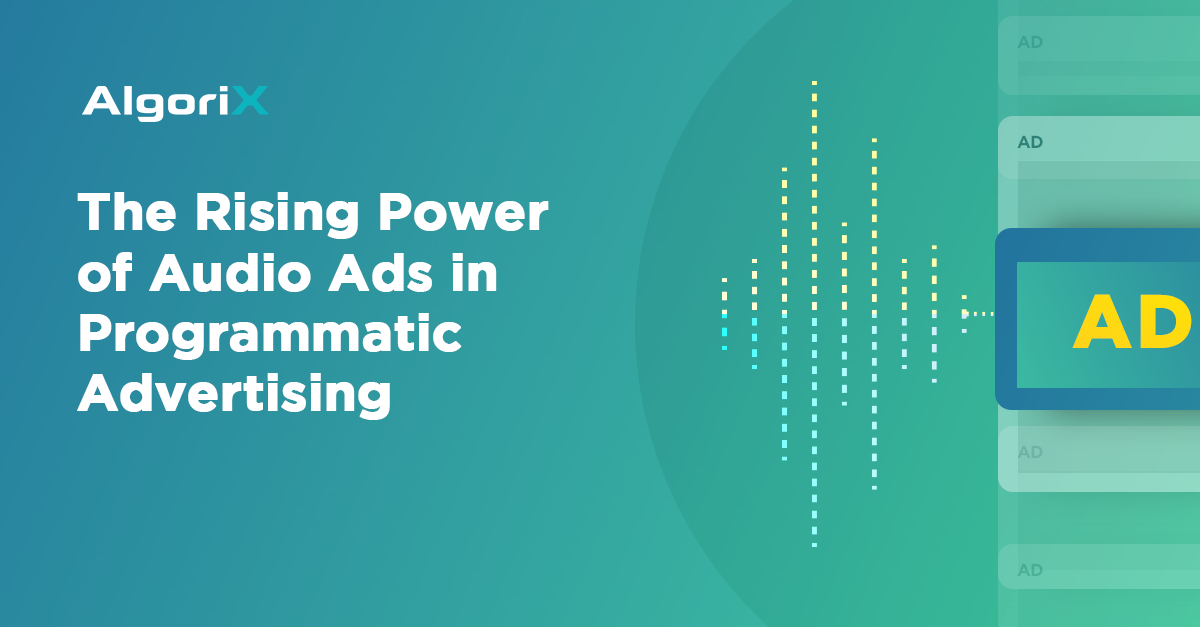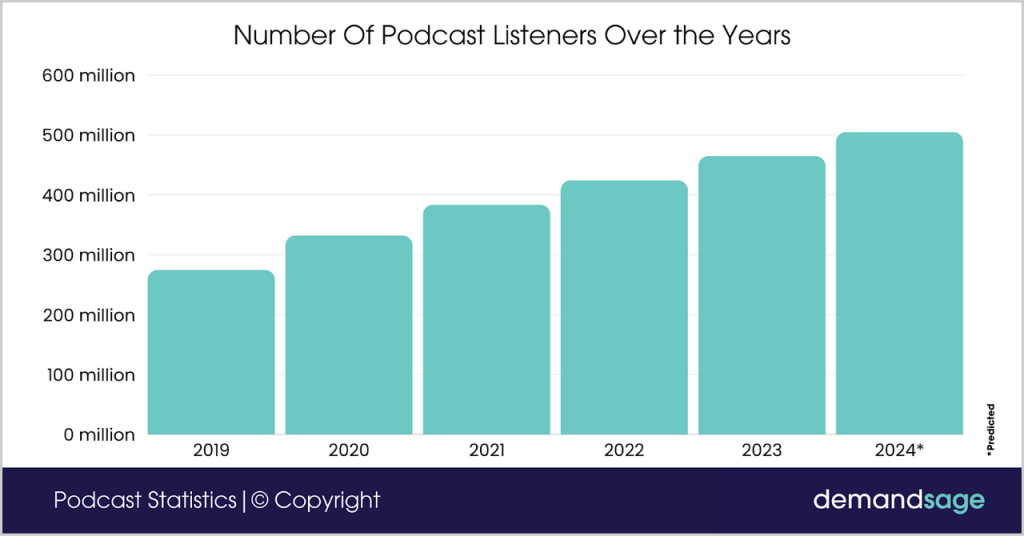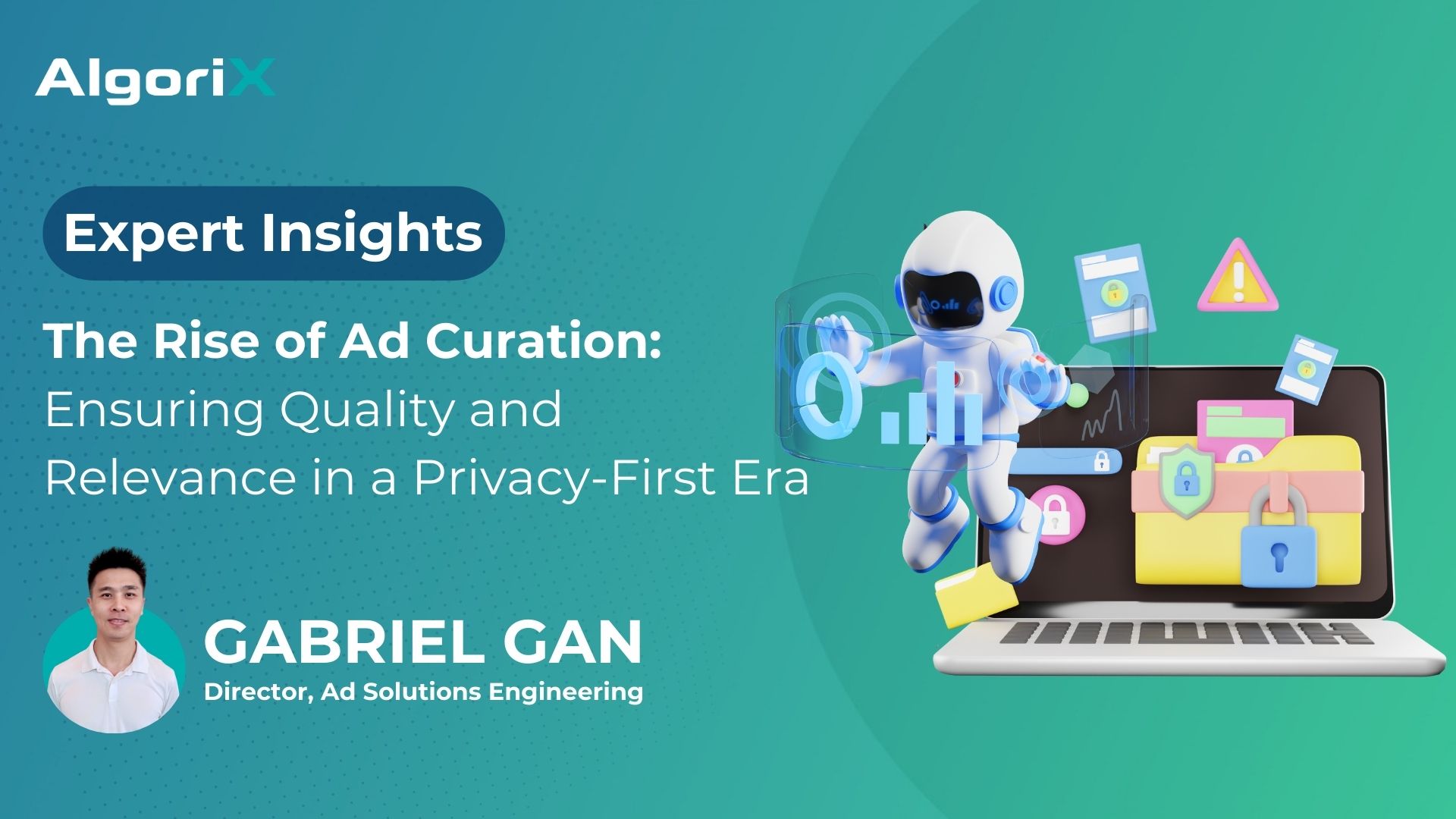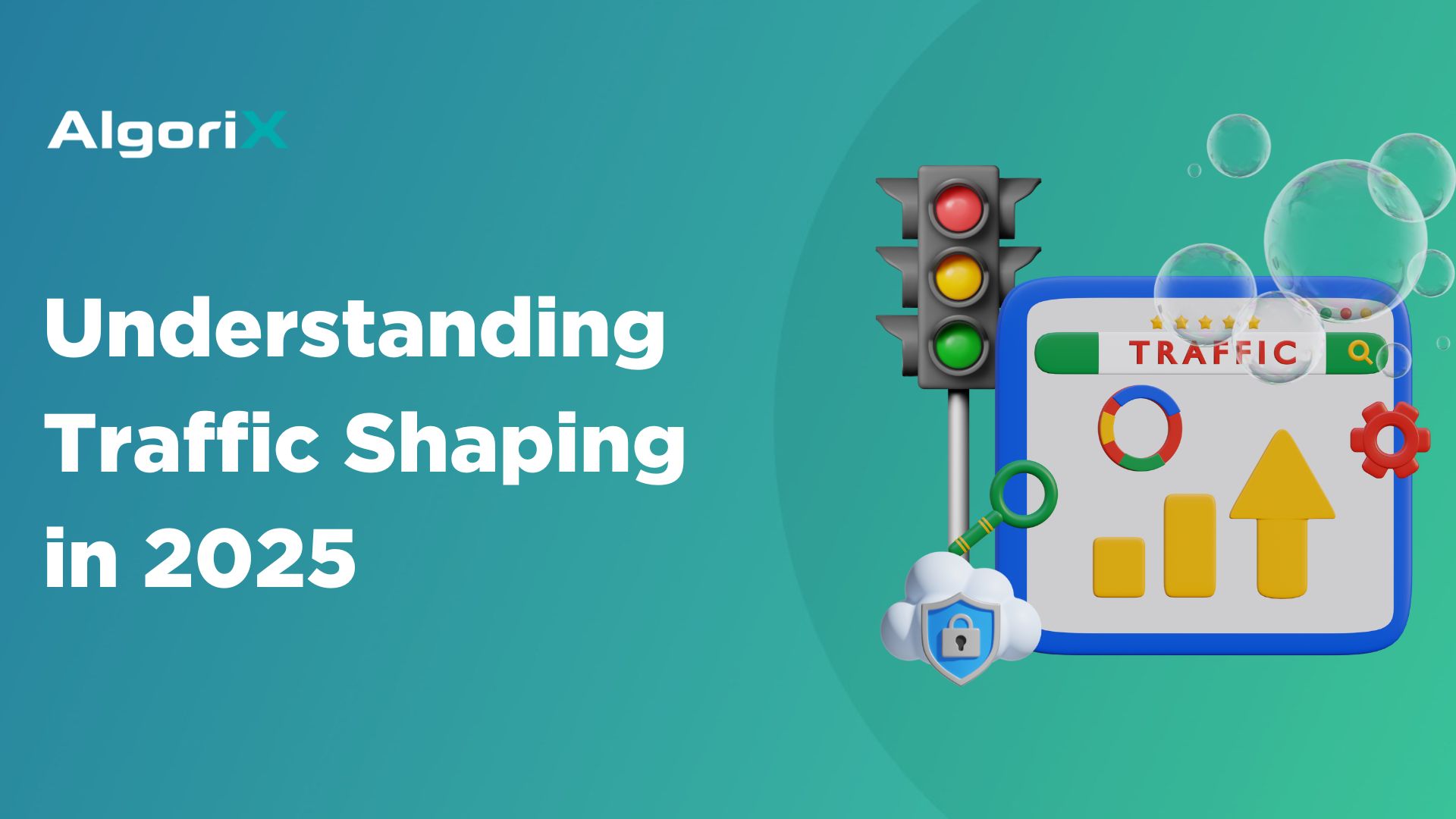Take into account the popularity of podcasts, for example. The latest data shows there are currently five million podcasts. This year, it’s predicted to record over 500 million listeners.
The Technological Edge of Audio Ads
Precision in Audience Targeting
By leveraging this depth of insight, audio ads can be tailored to fit the listener’s current context—whether they’re in a workout session, relaxing, or seeking entertainment. This granularity enables advertisers to deliver personalized audio messages that resonate on a more personal level, enhancing engagement and listener experience significantly.
Real-Time Optimization
Contextual Delivery of Ads
Emotional Engagement Through Sound
This emotional engagement is critical to building brand affinity and driving listener action, making audio advertising a powerful tool. Whether through a podcast or streaming service, the emotional journey that audio ads can take listeners on a journey. Besides selling a product or service, it’s about creating lasting emotional bonds with the brand.
Audio ads in mobile games, for example, are a fascinating and effective way to capture players’ attention. It leverages the immersive experience of gaming with sound that can enhance brand recall and engagement.
The Integration of Audio Ads in Gaming
There will be an intensified focus on integrating audio ads that merge smoothly with gameplay, aiming to enhance rather than detract from the gaming experience. This shift comes as mobile game developers explore innovative monetization strategies beyond the traditional formats.
Frederic Liow, Revenue Growth & Strategy SVP at AlgoriX, shares, “We also expect better use of audience data for precise targeting, engaging players at the optimal moment, when they’re fully immersed in the game. Overall, as audio ads transcend their roots in radio, music, and podcasts, there’s thrilling potential for greater growth and innovation.”
Challenges in Audio Advertising
Measurement and Analytics
Unlike traditional advertising, where clicks, impressions, and engagement are trackable with relative ease, it’s harder to gauge listener responses and the effectiveness of ads.
Creative Constraints
Ad Fatigue and User Experience
Harnessing the Power of Audio Ads: Strategies for Marketers
Leverage the Power of Storytelling
Tailor Content for the Audio Environment
Innovate with Interactive Audio Ads
Embrace Programmatic Buying for Audio Ads














